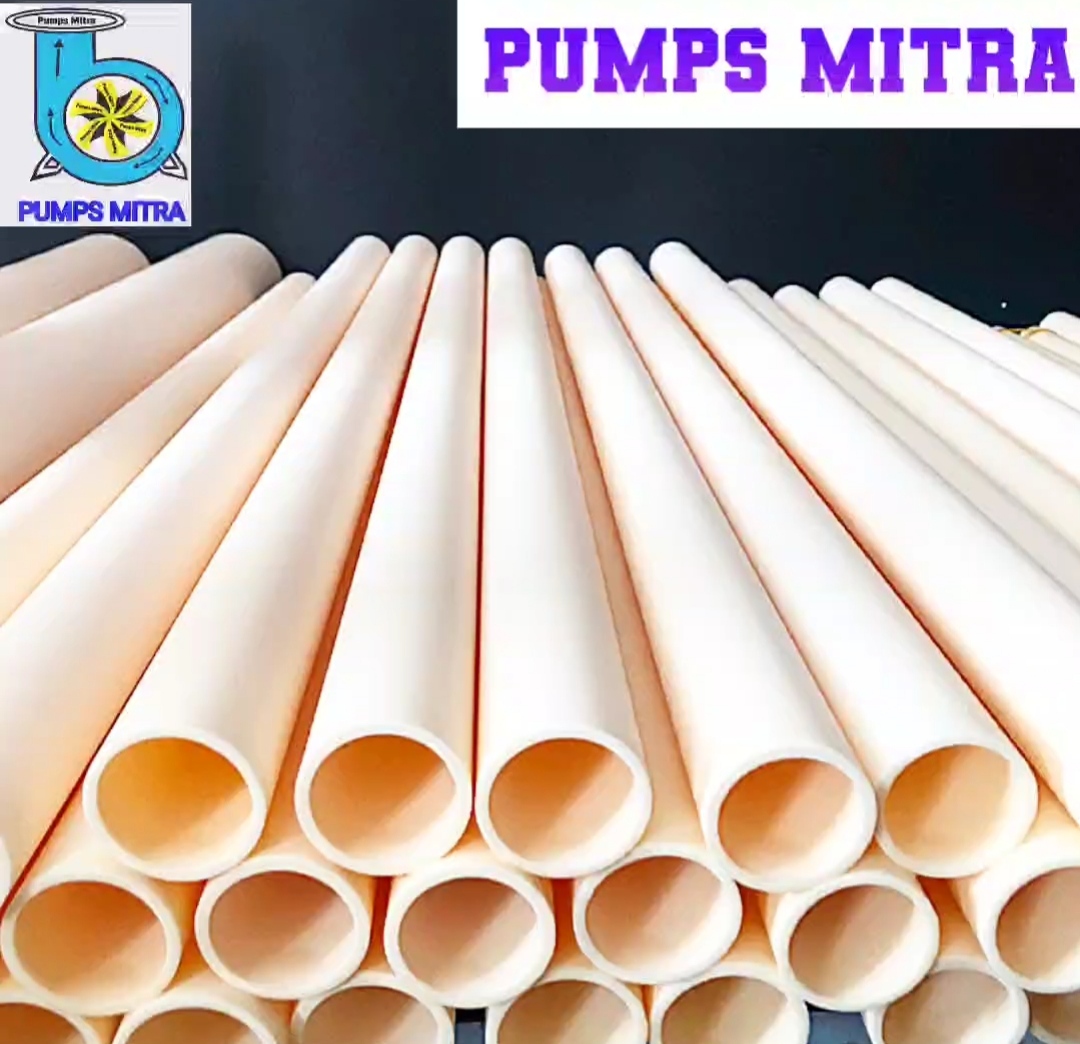CERAMIC SLEEVE
Ceramic sleeves are often used in bearings, especially in high-performance or specialized applications. They can withstand high temperatures and offer low friction, contributing to improved efficiency.
-
A ceramic sleeve typically refers to a cylindrical component made of ceramic material. Ceramics are a class of materials known for their hardness, high-temperature resistance, and electrical insulation properties. Ceramic sleeves find applications in various industries due to these characteristics. Here are some common uses:
-
Bearings: Ceramic sleeves are often used in bearings, especially in high-performance or specialized applications. They can withstand high temperatures and offer low friction, contributing to improved efficiency.
-
Insulators: Ceramics are excellent electrical insulators, so ceramic sleeves can be used in electrical components and systems to prevent the flow of electric current. This is particularly important in high-voltage applications.
-
Seals and Bushings: Ceramic sleeves can be used as seals and bushings in industrial equipment. Their wear resistance and ability to withstand harsh conditions make them suitable for such applications.
-
Thermal Insulation: Ceramics have good thermal insulating properties. Ceramic sleeves can be used to provide thermal insulation in various systems, helping to protect components from extreme temperatures.
-
Chemical Resistance: Some ceramic materials are highly resistant to chemicals. Ceramic sleeves may be employed in applications where resistance to corrosive substances is crucial.
-
Medical Devices: In the medical field, ceramic sleeves can be used in components like ball bearings and joints for their biocompatibility and resistance to wear.
-
Textile and Manufacturing Machinery: Ceramic sleeves are used in machinery, such as spinning and weaving equipment in the textile industry, due to their ability to withstand high speeds and abrasion.




